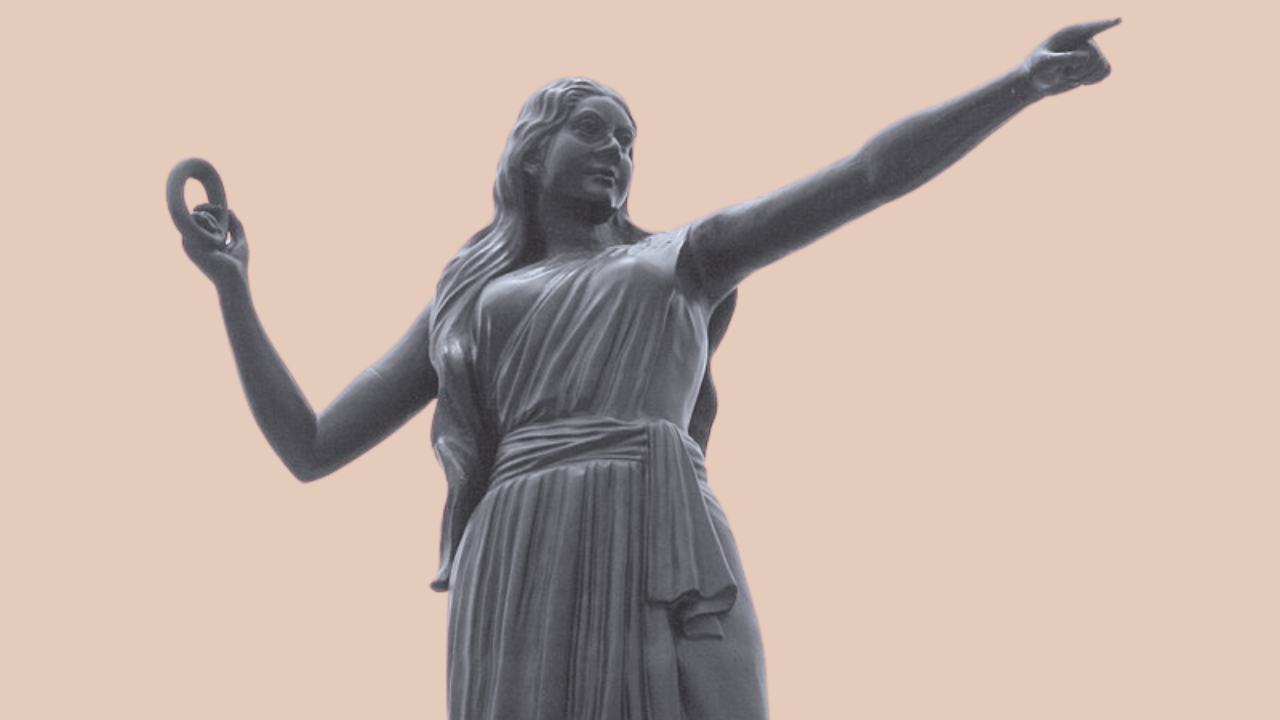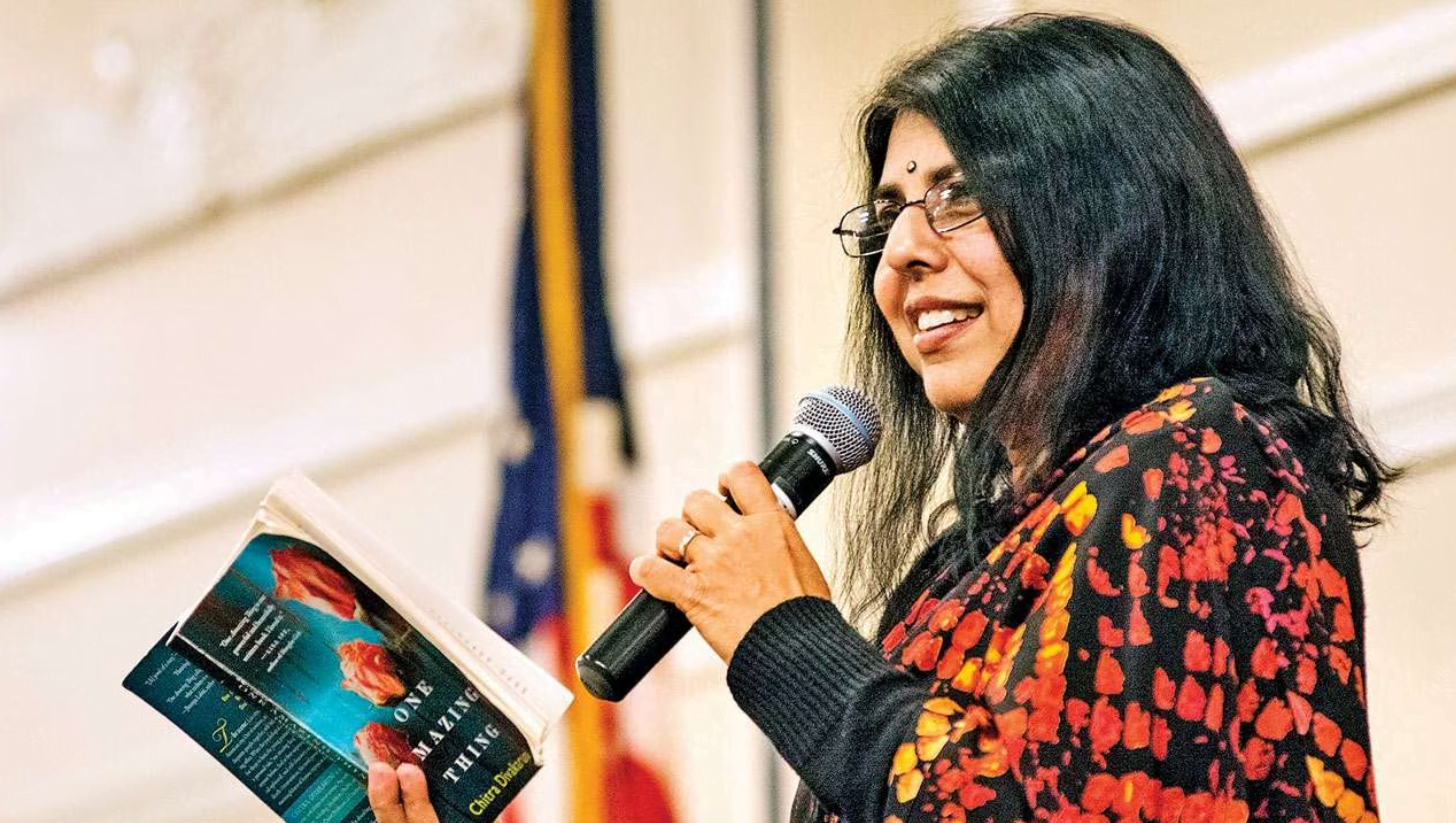A thematic history of the women’s movement in India both before and after independence, The History Of Doing covers the period from the nineteenth century to the present day. It looks at how women’s issues were raised, initially by men and as part of the movements for social reform, and then with the involvement of women in the nationalist movement, by women themselves.
Using photographs, old and new documents, excerpts from letters, books and informal writings, the author documents the growing involvement of women and the formation of the early women’s organizations, she examines the foregrounding of the `women’s issue’ during the reform and nationalist movements and its subsequent disappearance from the agenda of public debate until the post independence period of the Sixties and Seventies when it surfaces again.
The nineteenth century could well be called an age of women, for all over the world their rights and wrongs, their ‘nature’, capacities and potential were the subjects of heated discussion. In Europe feminist consciousness began spreading during and after the French Revolution, and by the end of the century feminist ideas were being expressed by radicals in England, France and Germany. By the mid-nineteenth century the ‘woman question’ had become a central issue for Russian reformers and anarchists; while in India the wrongs of women began to be deplored by social reformers mainly in Bengal and Maharashtra. British relations with these two states had begun much earlier than in other parts of India; Bengal, in particular, had known the British through the East India Company from the early eighteenth century. What began as a trading relationship expanded into domination and rule, and the intimacy this engendered between the British and the Indians brought their differences into sharp focus.
It is generally agreed that the Indian social reform movement of the nineteenth century grew out of this encounter. In the colonial economy with its new agrarian and industrial relations accompanied by a vast and expanding administrative structure, existing dominant groups (gentry, traders, scribes, rentiers, tax collectors, etc.) began to be forged into a middle class, or bourgeoisie. As an Indian bourgeois society developed under Western domination, this class sought to reform itself, initiating campaigns against caste, polytheism, idolatry, animism, purdah, child marriage, sati and more, seeing them as elements of a ‘pre-modern’ or primitive identity. Being part of a process of self-definition, the majority of these campaigns focussed on issues which were significant largely for the three upper castes who constituted the bourgeoisie. Underlying these campaigns were redefinitions of the spheres of the public and private, the world and the home, the male and female. As such, the social reform movement can be characterized as playing an important part in the formation of a new set of patriarchal gender- based relations, essential in the constitution of bourgeois society.
Recent research has added several important qualifications to this view. First of all, it has been pointed out that not all issues of social reform were engendered by the British encounter alone, though they were restructured by it. The eighteenth century was a period of flux for India, a time when the old order of the Mughal Empire and the independent princely states was crumbling, leaving spaces for new movements to develop. For example, the anti-caste movement which developed in nineteenth century Maharashtra had a long history of precedents, and grew partly out of the crumbling of Brahmanic hegemony with the disintegration of Peshwa rule around the turn of the century, even though the Brahmans later re-formed as a dominant group under the British. Similarly, the noted reformer, Ram Mohan Roy, was influenced by eighteenth century Sufi arguments for religious reform as much as by English rationalism.
Excerpted with permission from The History Of Doing by Radha Kumar, Zubaan. You can buy the book here.
Also read: A History Of Body Hair Removal And Distorted Body Image




